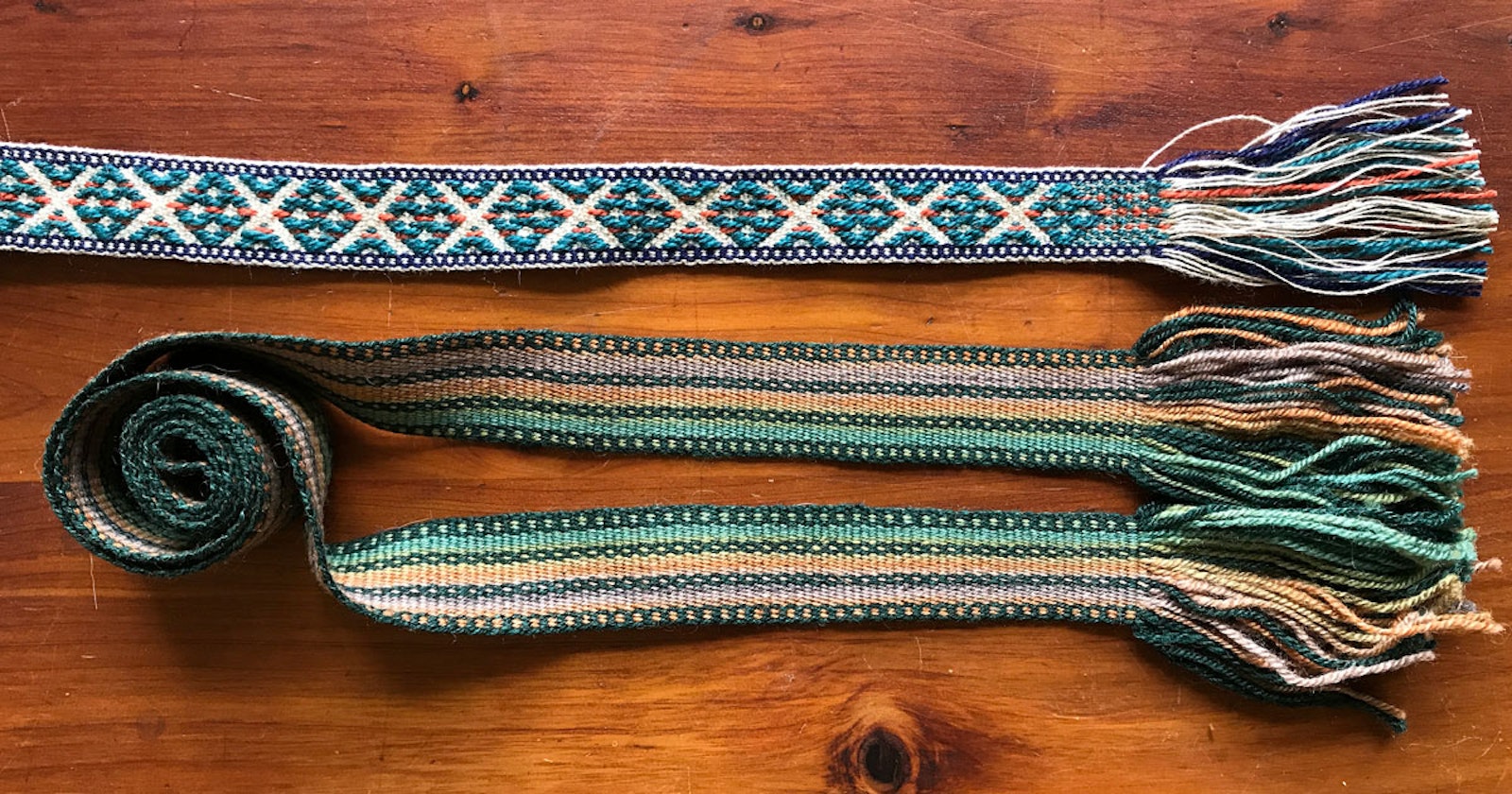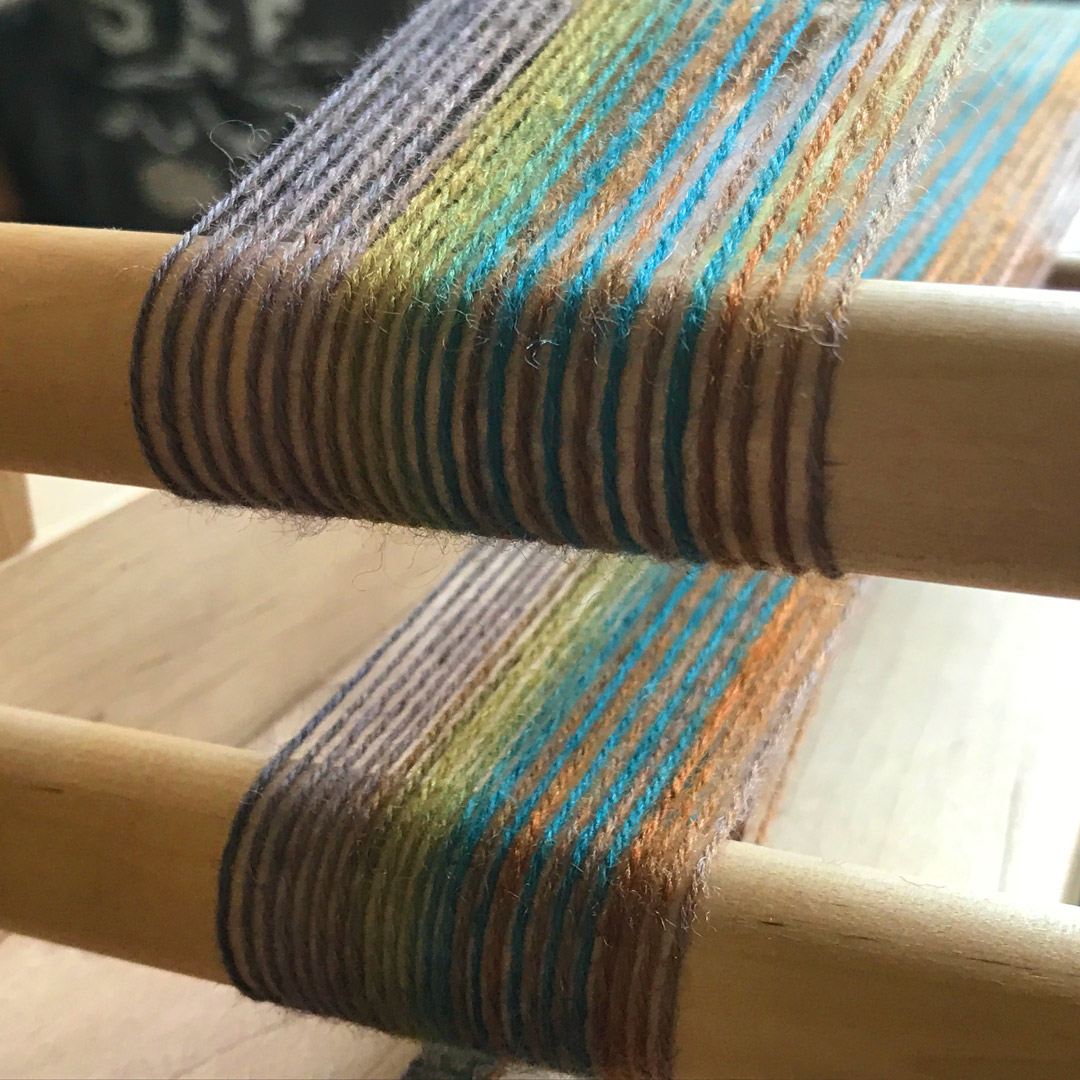Have you ever tried spinning for inkle weaving? I was inspired to give it a go after seeing an abundance of beautiful, handwoven bands during my travels in Estonia and Norway. Patterned bands, often woven in vibrant colors, have long been a part of traditional folk dress in many regions of Northern Europe. Many of the bands I saw were made using handspun or a combination of handspun and millspun yarns. I had been bitten by the band bug, never to recover!
Not sure where to start with inkle looms? I love the Schacht inkle loom and Ashford Inklette. Anne Dixon's Inkle Pattern Directory is highly recommended! Photos by Kate Larson
There are many bandweaving techniques and loom configurations. If you are just getting started with bands or have no weaving experience at all, inkle looms are a great place to begin. (Which is not to say that they are only for simple bands. Check out these incredible Estonian bands.)
Chain-plied yarns are great fun for weaving on an inkle loom. For this project, I chain-plied a somewhat firm 3-ply yarn using a dyed Bluefaced Leicester/silk combed top.
Just like the tiny weft-faced tapestries I shared on the blog a few weeks ago, these warp-faced bands are fairly portable projects that use a small amount of yarn. I love trying different fibers and yarn styles, and here are a few spinning tips to get you started:
Avoid the halo. Inkle looms use string heddles and the warp threads to sit closely together. If your warp yarns have a fuzzy halo, they might not slide past each other easily as you weave and change sheds. Traditional yarns can range from high-twist and dense to lofty with moderate twist, but avoid hairy or low-twist yarns when you are getting started.
Play with gauge. Try combining different yarn sizes in the warp and the weft. For instance, use several colors of fingering-weight yarn in the warp and a lace-weight yarn as the weft. You can also use different gauges within the same warp.
Beware the bounce. Especially when weaving your first few bands, it can be helpful to stick with yarns that are less elastic. Some stretch is just fine, but very bouncy finewool yarns can be difficult to tension on this type of loom.
—Kate
Featured Image: Inkle bands, plain and fancy. The band pictured on the bottom was on the cover of Spin Off Spring 2018.



